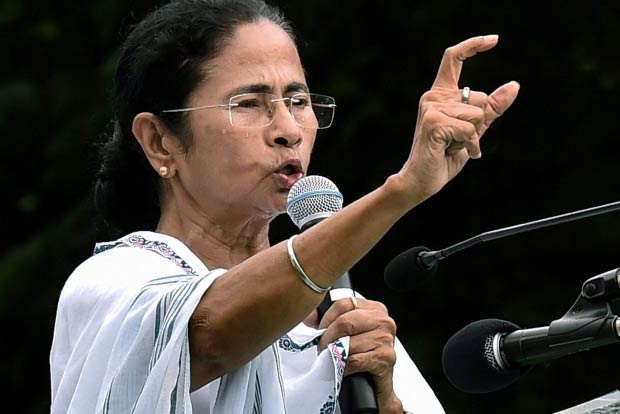Begin typing your search...
Editorial: The battle for Bengal
Given that the State has a Muslim population of around 30 per cent, the BJP is aware that victory can come only through a massive consolidation of the Hindu vote. This is the principal reason why the elections in Bengal, never peaceful at the best of times, is likely to witness a spike in sectarian pitches and communal temperatures as the days go by.

Chennai
Of the States going to the polls next month, it is hardly surprising that many believe the most nationally significant political contest will be played out in West Bengal. In the 2016 Assembly elections, the All India Trinamool Congress retained the State (211 seats), beating off the Left-Congress combine and keeping the BJP in the margins (3 seats). The political environment in the State has undergone a sea change since then, reflected most acutely in the 2019 Lok Sabha polls, where the BJP secured over 40 per cent of the popular vote and bagged 18 of 42 seats.
For the BJP, the Assembly elections present much more than an opportunity to pull off a feat that no one considered possible a couple of years ago. More importantly, West Bengal offers it a chance to overthrow one of its most vocal and vociferous opponents and consolidate its recent run of marginalising regional outfits – a list that includes major players such as the SP and the TDP. Of course, the feisty Mamata Banerjee is anything but a pushover, and the BJP must be aware that her vote bank has held solidly over the last few elections – the BJP’s surge in Bengal came almost entirely at the cost of the Left, which has been reduced to a bit player.
Given that the State has a Muslim population of around 30 per cent, the BJP is aware that victory can come only through a massive consolidation of the Hindu vote. This is the principal reason why the elections in Bengal, never peaceful at the best of times, is likely to witness a spike in sectarian pitches and communal temperatures as the days go by. Another polarising factor that could well have a significant impact on the elections is the CAA, which had a significant impact on the BJP’s successes in 2019; but with the Assam election held simultaneously, the party appears to have tempered its stance this time.
The religious card is a factor on the other side as well, with the TMC heavily dependent on the minority vote for its success. The Congress-Left has also seen an opportunity here by allying controversially with the so-called Indian Secular Front (ISF), led by the far-from-progressive Muslim cleric Abbas Siddiqui. How much Asaduddin Owaisi’s All India Majlis-e-Ittihad-ul-Musilmeen, which had enjoyed a small degree of success in other northern states, will play the role of a vote-cutter will remain to be seen. All in all, this is going to be a very close contest and possibly a very bitter and potentially disorderly one; the decision of the Election Commission to hold it in an unprecedented eight phases is a testimony to this. The TMC will highlight the development work it has done at the grassroots, but whether this will be enough for a party that has witnessed a steady stream of defections to the BJP in recent months, is a question that has a significance that goes well beyond West Bengal.
Visit news.dtnext.in to explore our interactive epaper!
Download the DT Next app for more exciting features!
Click here for iOS
Click here for Android
Next Story



